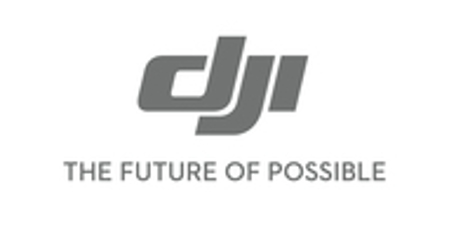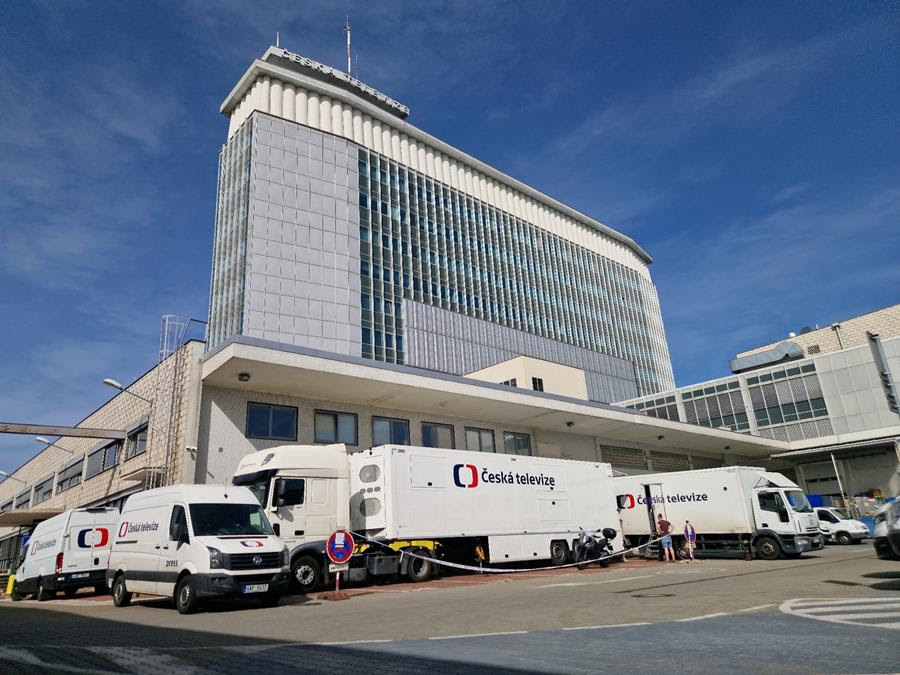DJI Outlines Proposal for Managing, Monitoring Drone Traffic
SHENZEN, CHINA—While not impacting most people on a daily basis like daily commuter traffic, the question of how to manage and monitor unmanned aerial vehicles, or drones, is a hot topic for many in the UAV and adjacent industries. DJI, a drone provider, has drafted a pair of new white papers that address its regulatory approach for the safe growth of drone traffic, which focuses on the use of existing technology and local communication protocols.

“Rather than develop complicated new systems using untested technology, DJI believes industry and government can address these challenges with equipment available today, and without requiring every drone flight to be permanently recorded in a government database,” said Walter Stockwell, DJI director of technical standards.
One of the white papers DJI proposes that unmanned traffic management systems do not require a centralized control center to help establish flight paths and avoid other objects, but instead use on-board anti-collision technologies like obstacle sensing systems and radio transmitters and receivers, which are already found on many drones.
DJI also had an update to a white paper it initially released in March, outlining an electronic identification framework for small drones where drones use their existing command-and-control radio of Wi-Fi link to transmit a registration number and other basic information. This would enable authorities to use local sensors to obtain that information from drones that approach sensitive areas or have been the subject of a complaint.
DJI reports that it has developed a system that operates on these principles and previously tested it in April.
DJI recently presented both of its white papers at the International Civil Aviation Organization Drone Enable conference in Montreal.
The professional video industry's #1 source for news, trends and product and tech information. Sign up below.
